The second Feature Premiere last week featuring the Nintendo Switch version of MLB The Show 22 felt a little light on newsworthy items, so SDS came back with much more today in the MLB The Show 22 gameplay deep dive. It was very much focused on refinement of systems rather than overhauling them to the degree they did last year with stuff like the PAR system for pitching or perfect throws for outfielders.
MLB The Show 22 Gameplay
MLB The Show 21 Stats
The developers started off showing off a ton of stats from MLB The Show 21. This was meant to showcase the depth of their stat tracking and analytics more than anything else. It was sort of the “look, we have the data and this is what we’re basing changes off” vibe to it, and fair enough. At times, people think bloop hits are happening too often or too many “perfect” hits are being caught, and so this was their way to say “we hear you but…” to explain that variance is real, and they have no intention of removing it.
In other words, you’re going to go through some stretches here and there where lineouts are happening to you more than you think they should, but in the end, it should all balance out.
Custom Practice
Fielding is now an option for the practice mode. You can player lock, play any position, and do any number of situations and hit types (grounders, liners, etc.). The best part about this to me is that you’ll be able to repeat a hit/play that just happened to get any number of reps you want on that exact situation over and over again. In other words, if you get a very specific hit where you want to dive, you’ll be able to try and try again to make the perfect spectacular catch — or perhaps just figure out if it’s even possible to make a diving catch at all.
In a sense, this is a small change, but considering how hard it has been in the past to practice catches at the wall or diving plays, this should really help figure out the limits of what the fielders can do in these games while understanding the fielding prompts you get during those plays.
New Difficulty Options
We got explanations for these new difficulty settings during the Nintendo Switch showcase last week, but there was a deeper explanation of the new Amateur and Minors difficulty levels that will fit in after Beginner. This ties into improving dynamic difficulty so new users can slowly ease their way up the competitive ladder. Dynamic difficulty makes a lot of sense to focus on considering Xbox users came onboard last year and now we’re getting Switch users this year.
Most of you reading about this probably won’t touch this much, but I do think enough of you at least mess around with dynamic difficulty for it to register here.
Dynamic PCI Coverage
Okay, so there’s a lot to dive into here, but I do want to mention the explanation SDS gives for what the PCI represents still remains confusing to some degree. The PCI is not meant to signify the barrel of your bat, rather it’s more there to showcase where you’re looking — and explain the tendencies of the hitter you’re using. This is fine, but it also doesn’t make much sense then why you can hit balls that you’re not even looking at outside your PCI, or why a “perfect” hit more or less means you hit the ball in the middle of your PCI.
Regardless, the PCI range will now be dynamic this year, and I really love the sound of that change. The “dynamic” part basically comes down to the PCI shrinking in size as you start trying to move that PCI outside the strike zone. In other words, it will be harder to make good contact on pitches outside the zone, and that PCI will shrink even more for those who have poor contact ratings and so forth. The idea here is that the developers want to reward people with good eyes even more, and thus you want to swing at good pitches — not bad pitches.
This also ties into foul balls. The development team heard the feedback about the excess number of foul balls, and so you will have that same lowered chance of hitting foul balls when swinging at balls. That said, they did not touch much on the other aspect of this, which is that you still hit a lot of foul balls when your PCI was nowhere near the ball. Again, since the PCI does not represent the barrel of the bat, these is not a 1-to-1 element here with the PCI, but I do hope more swings inside the zone also lead to whiffs rather than fouls when the PCI is not near the ball.
PCI Anchor
One of the more popular additions people talked about during the tech test was the PCI anchor. Folks really seemed to like it, and the developers spent some time explaining the idea behind the addition today. In short, it’s really meant as a way for you to “cheat” towards pitches you normally struggle to hit. By pressing L3 and moving your anchor to one of nine zones, you can then always start your PCI there as a pitch comes to the plate.
This does not mean you can’t move your PCI from that anchor position, rather it just makes it so you should have a shorter distance to go to reach certain pitches. In other words, if I struggle to hit down and away pitches, then I can start my PCI in the bottom right/left of the strike zone, and then I only have to move my PCI a little bit to get to a pitch I normally couldn’t reach with consistency in the past.
This is a smart change because it’s something I already sort of do when hitting. Now, I don’t have to “preload” my thumb moving the PCI to “X” spot, rather I can instead set it there once and always have it there to start before adjusting from there.
Contact And Power Swings
When the developers discussed the contact and power swings, I still got the sense they would prefer to probably remove these swings in a perfect world, but they keep them in because technically they do have some functionality. Either way, the developers really just went out of their way to discuss how they sort of reeled in these swing types so they couldn’t be exploited as easily now.
What this means is that contact swings will not allow you to foul off as many pitches outside the zone, and you should not be hitting home runs with this swing. With power swings, the focus here was on making sure power swings outside the zone did not lead to as many home runs either. These are meant to be situational swing types at best. The developers reiterated this meant the idea of using contact swing with two strikes, or using a power swing with a runner on third and less than two outs were good times to try these swings.
They ended this section by saying that normal swings are the preferred swing type, and they will still lead to the best overall results in most situations.
Physics/Swing Analysis
The discussion about swing timing, swing physics, and swing analysis did not actually have a lot to do with what’s changing in ’22, it was more here as way to explain why both parts of the feedback system do matter. Without going too far in the weeds, the point was made that “perfect” swings do change depending on where the ball ends up in the strike zone. A “perfect” swing does mean you should be swinging slightly late if the ball is on the outside of the plate, or then slightly early if it’s on the inside of the plate.
In addition, there was talk about exit velocities and how that ties into swing timing. There was a long showcase detailing how the exit velocities will go up as your timing improves based on where the ball is thrown. Again, this was not really “new” information or even a showcase of a massive change, it was more here to show that the hitting system is working as designed. To put it another way, you do need to really look at the feedback properly in order to understand why the system is working as designed.
The developers doubled down on this by showing off the swing plane feedback, so you could see why each zone was green or yellow based on the pitch location. A “good” swing on an early pitch would mean you’re swinging earlier to get that bat out front, and then it would change from there as you go to the outside of the plate.
Dynamic PAR
The perfect accuracy region (PAR) was that little circle added last year, and it’s now dynamic this year. It will be based on pitch type and where the proper location is for each pitch. This means there is more of a focus on “realism” and so a high sinker will be less accurate and have a larger PAR than a low sinker.
As you can see from the chart above, this is going to impact all but a couple fastball types. I love this change, and I will be talking more about this concept in an article/video in the coming days. I do not think it will cure everything wrong with pitching on its own, but it certainly did need to be harder to pinpoint pitches in unrealistic spots.
Two other small changes involved making certain gestures easier (off-speed pitches), and other gestures harder (fastball gestures). The idea here is simple in that most fastball gestures are easier to do than off-speed gestures. In addition, the “outlier” quirks were changed so that when you throw those pitches in the “unrealistic” spots, you will have a dip in mph and accuracy. Finally, the “competitive” setting for online games will mean the PAR is much harder to nail in terms of hitting perfect pitch after perfect pitch with your gestures.
Fielding
Saving what I think is the best addition for last, “perfect” throws have been added to throws from all fielders to all bases. Perfect throws are no longer tied to outfielder throws coming to home plate, and this should allow the same risk/rewards to come to things like players trying to go first to third on hits to the outfield.
For me, beyond bringing more skill to every throw and also more importance to the fielders you use, I hope this has a knock-on effect when it comes to infield throws after bunts. The explanation for “perfect” throws from the developers was that basically you’re getting the best animations that a fielder can muster based on his ratings. You’re even more likely to get that perfect animation if you preload the throw, but for me I hope this means there is now more urgency on perfect throws on the infield after bunt attempts. Bunts should be harder to do in general as well, but hopefully this fielding tweak helps too.
We as a community have also talked about having an “urgency” rating for fielders before, but if perfect throws are now going to be that more or less, it’s a solid middle ground. It basically means those below average fielders can do perfect throws, but they won’t be done as quickly or have as much zip as perfect plays by great fielders.
Lastly, there was specific talk about new animations for fielding. There was a focus on throw variety and transition animations to tie entire sequences together. New catches at first base are also in now, and there will be more knockdown animations on hot shots. At the corners, this will lead to less of those weird “olé” hits where the player just sort of misses a hot shot but it’s not considered an error. Now, we’ll see more instances where a fielder at least tries to throw his body in front of the ball on hard hits down the line.
Bottom Line
The focus in general here was on making pitching, fielding, and hitting harder to some degree rather than overhauling any one component. Or, maybe the better way to put it, is that the focus was on increasing the skill gap between more types of players. The developers talked about how we as a community start out the year using lower-rated players while also being new to the game, and then by the end of the year we’re better at the game and also using much higher-rated players. In general, by increasing this skill gap a bit there should be more of an opportunity for all of us to grow into the game while the developers still focus on patching problems as they crop up.


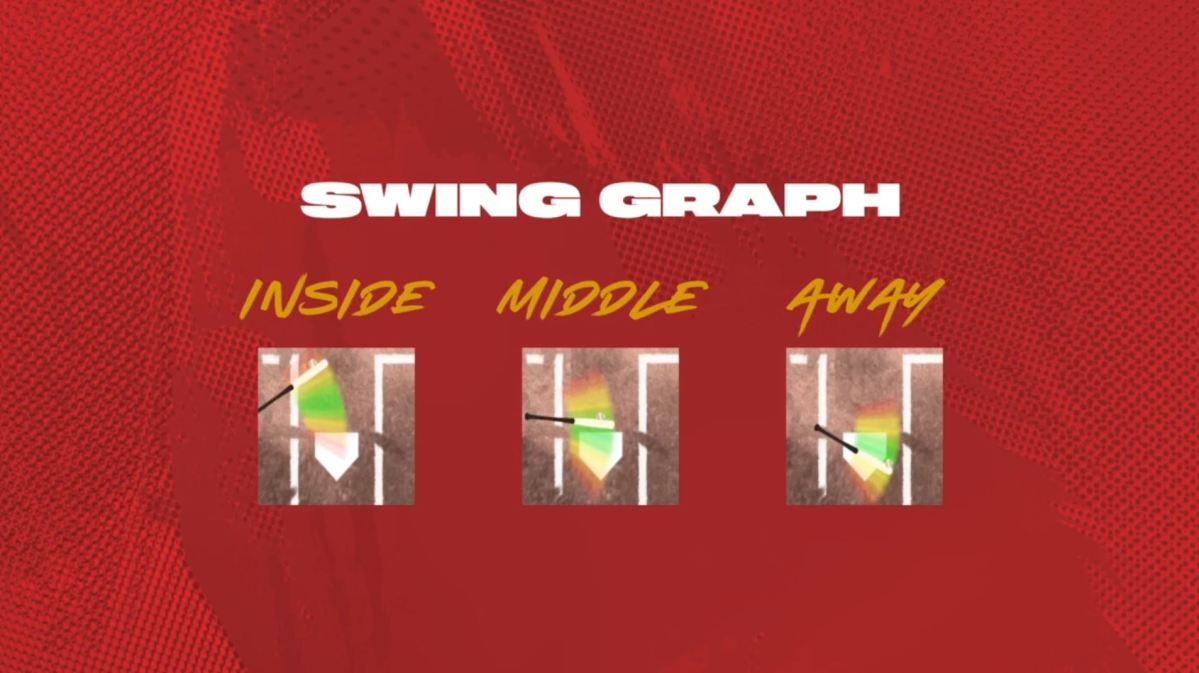
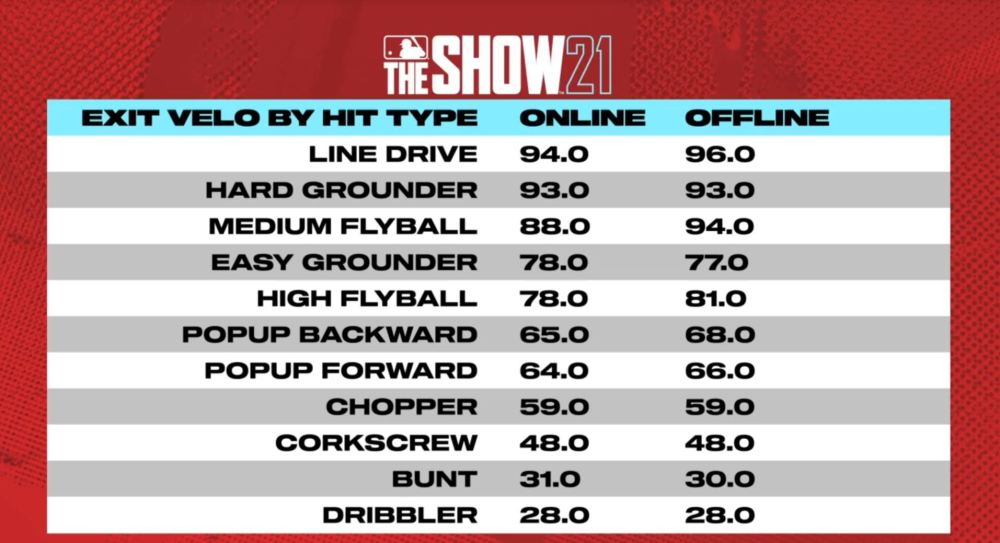
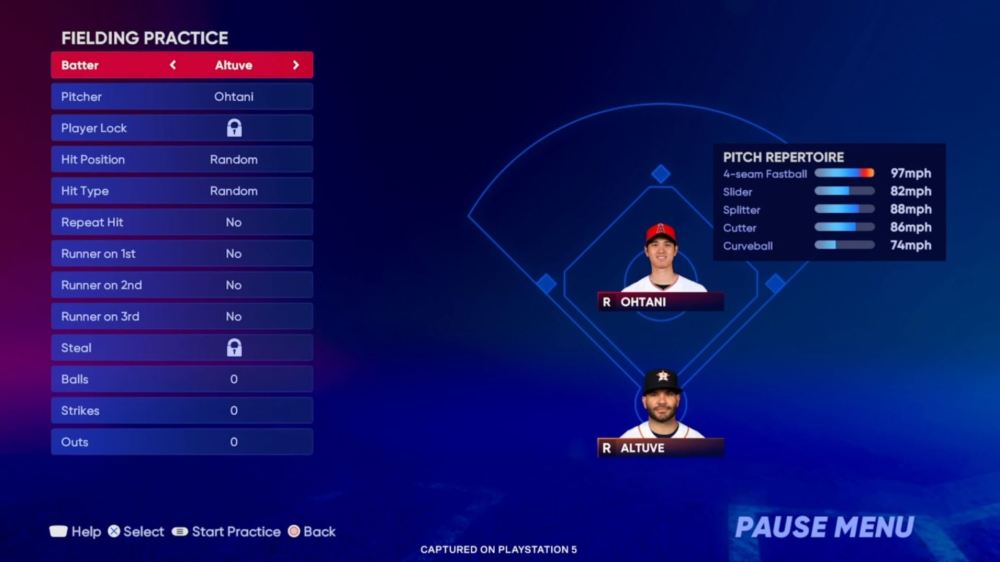
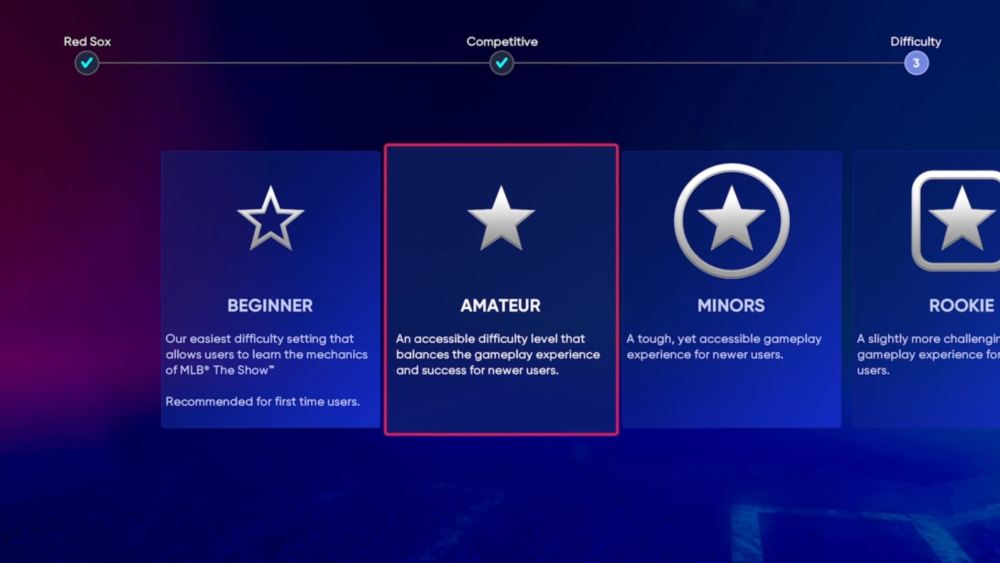
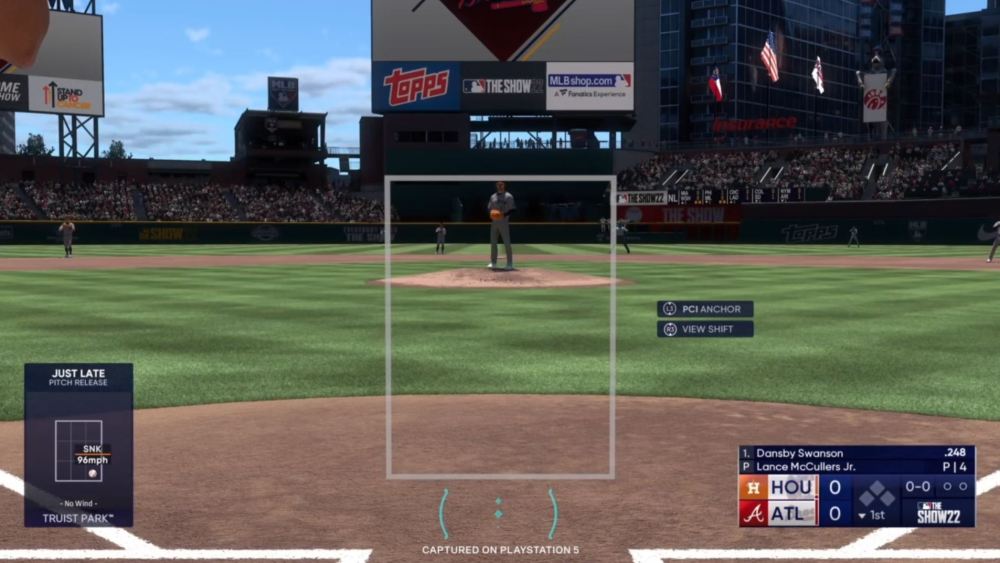
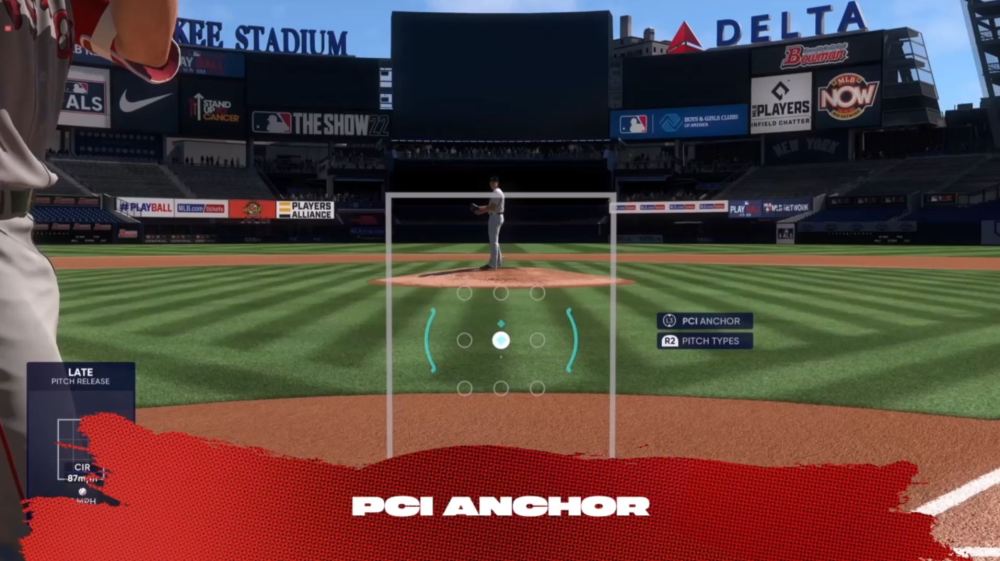
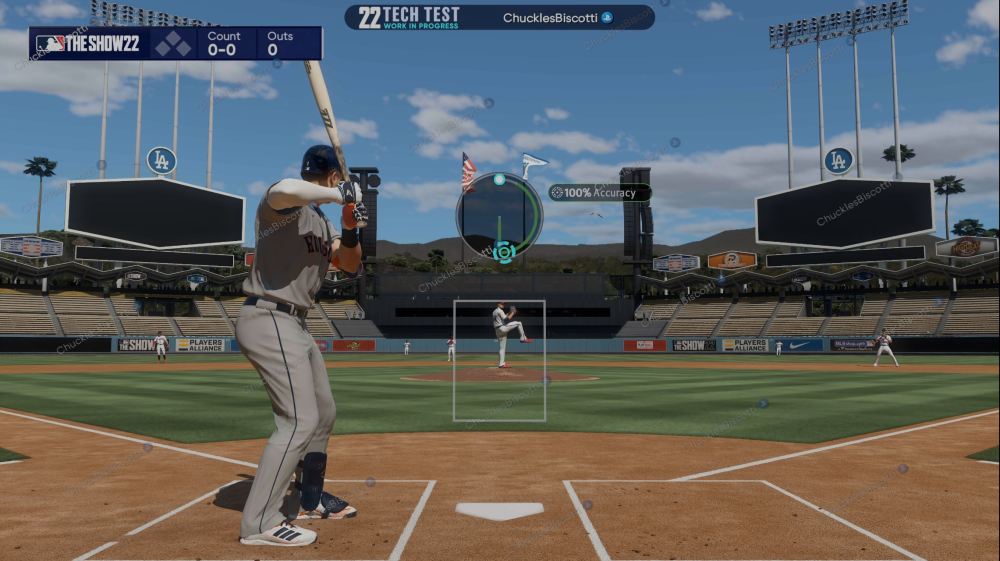
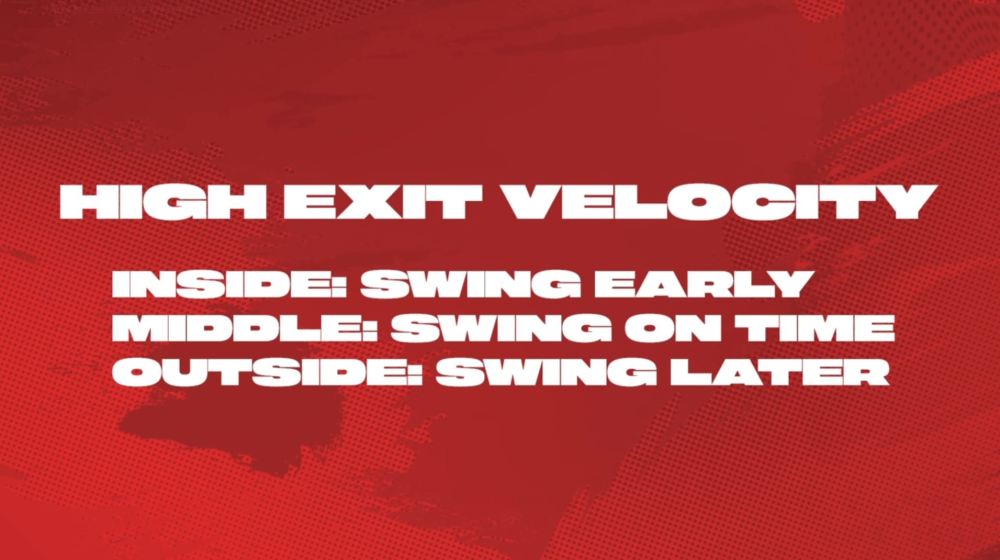
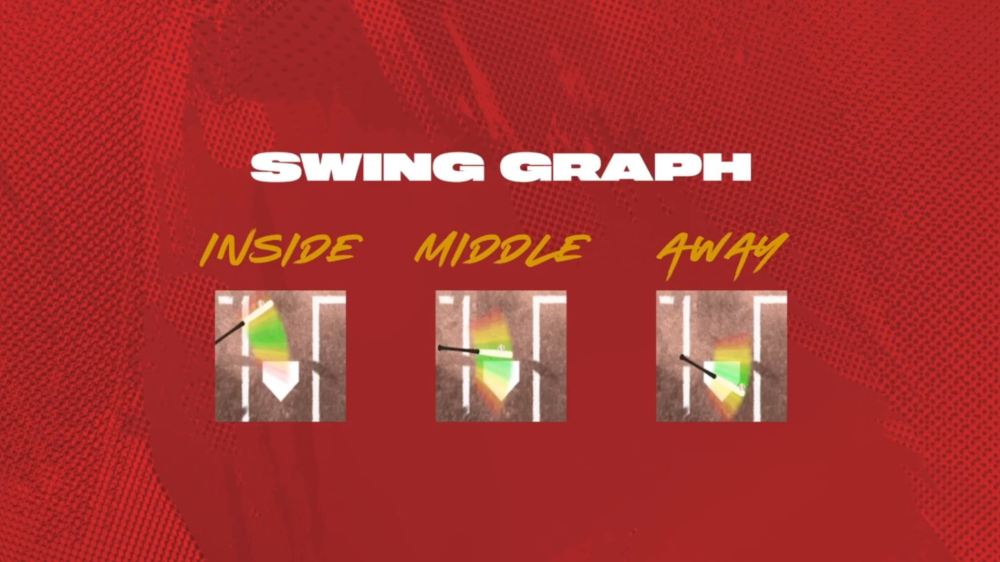
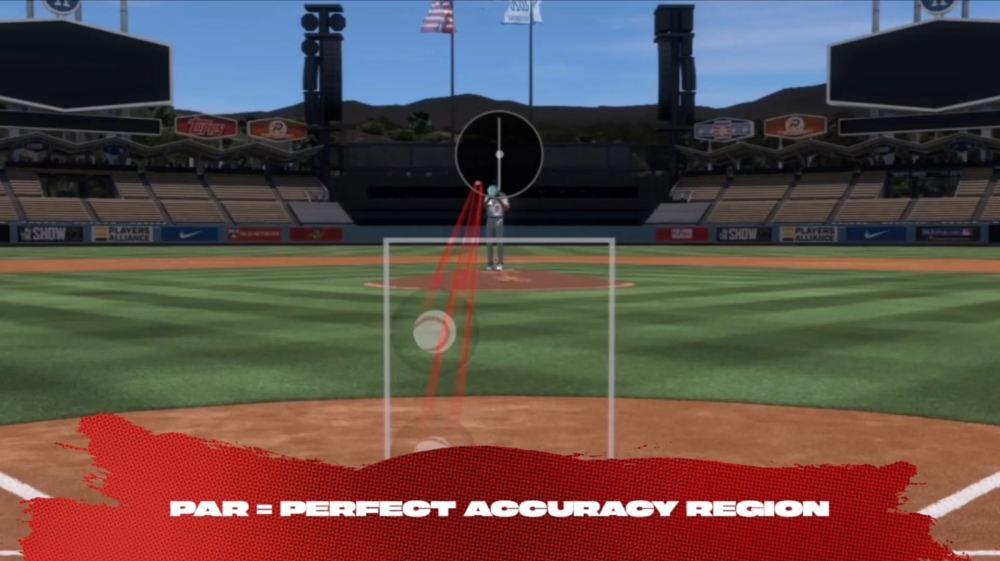
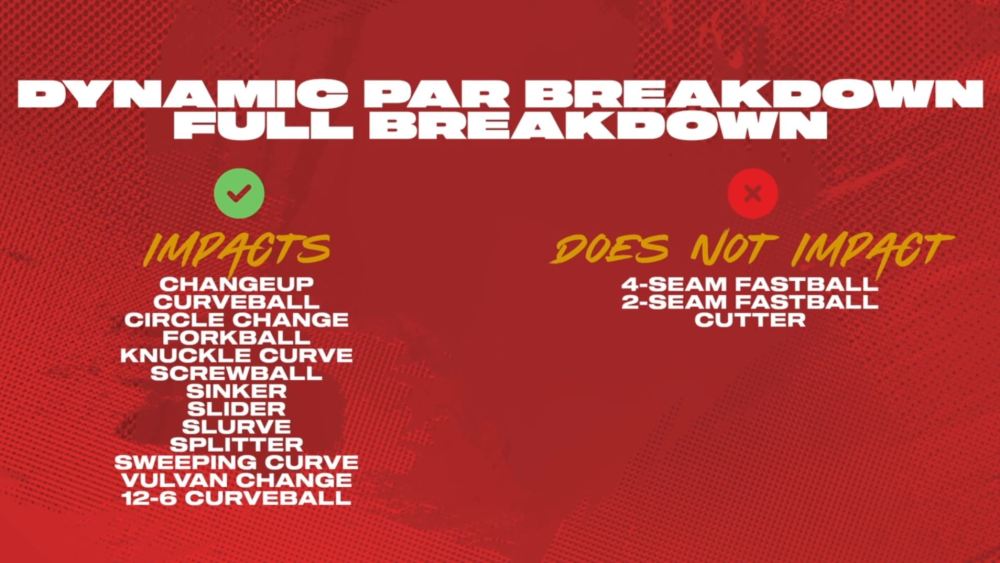
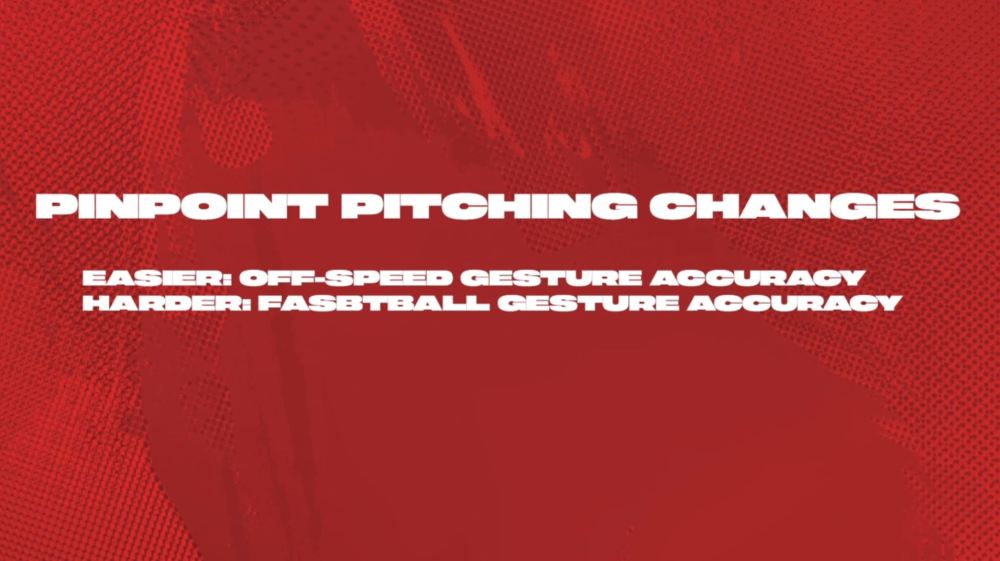
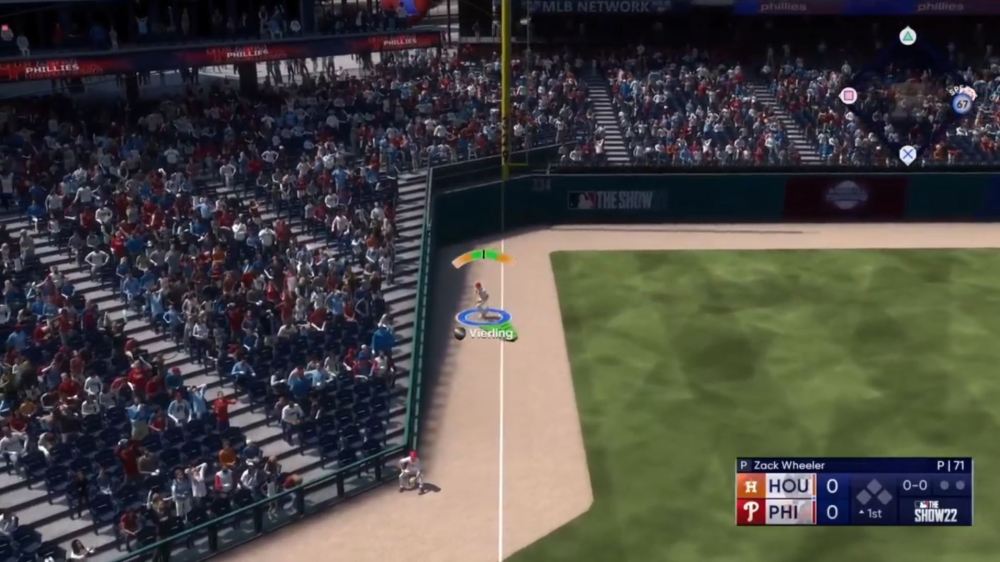
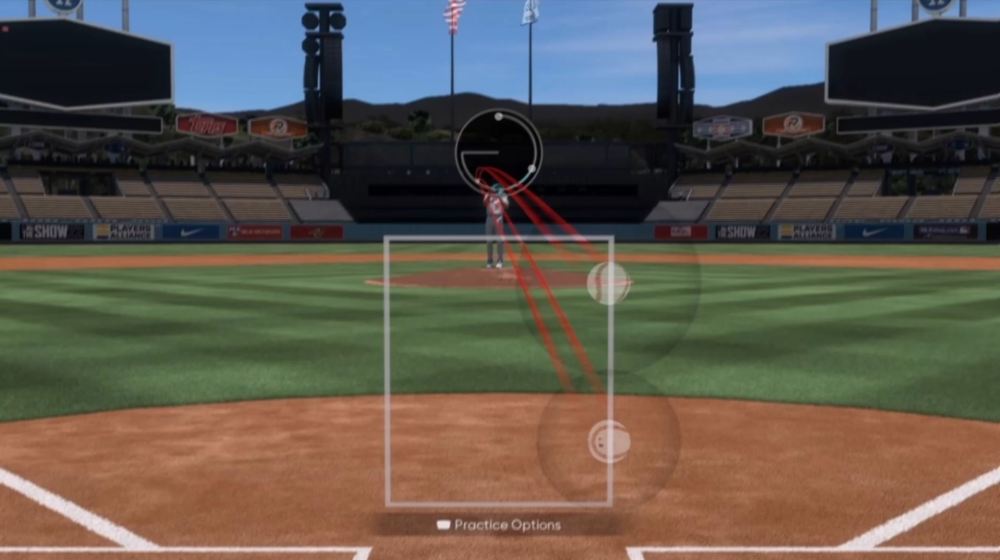
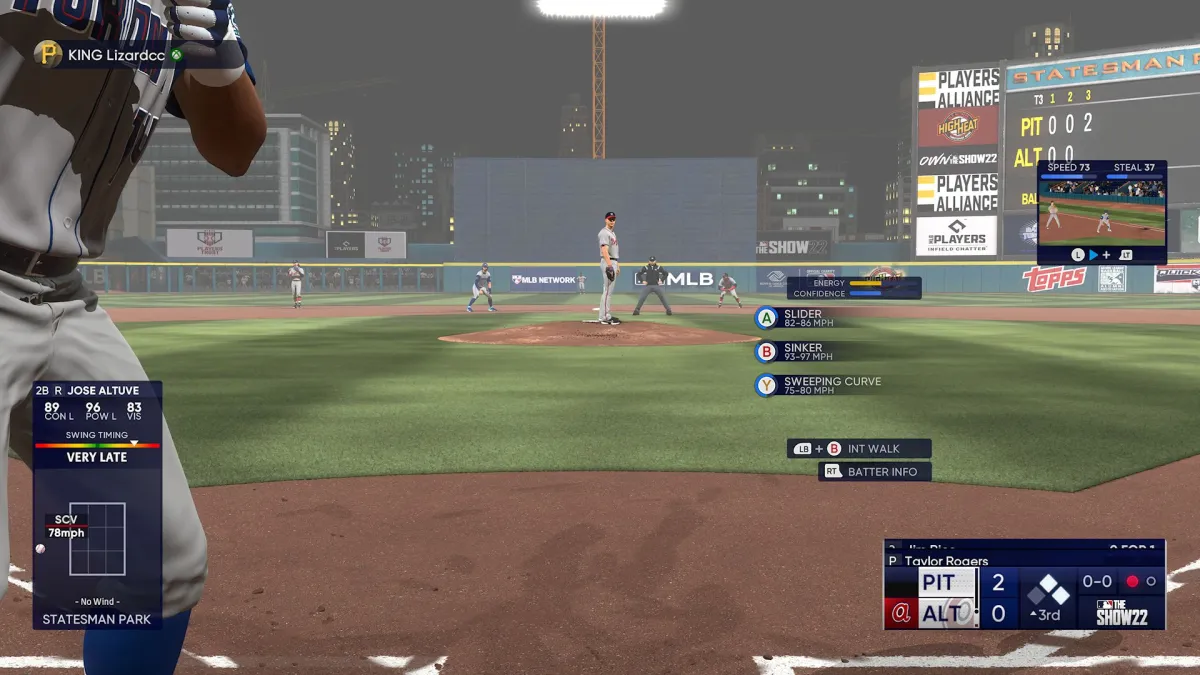
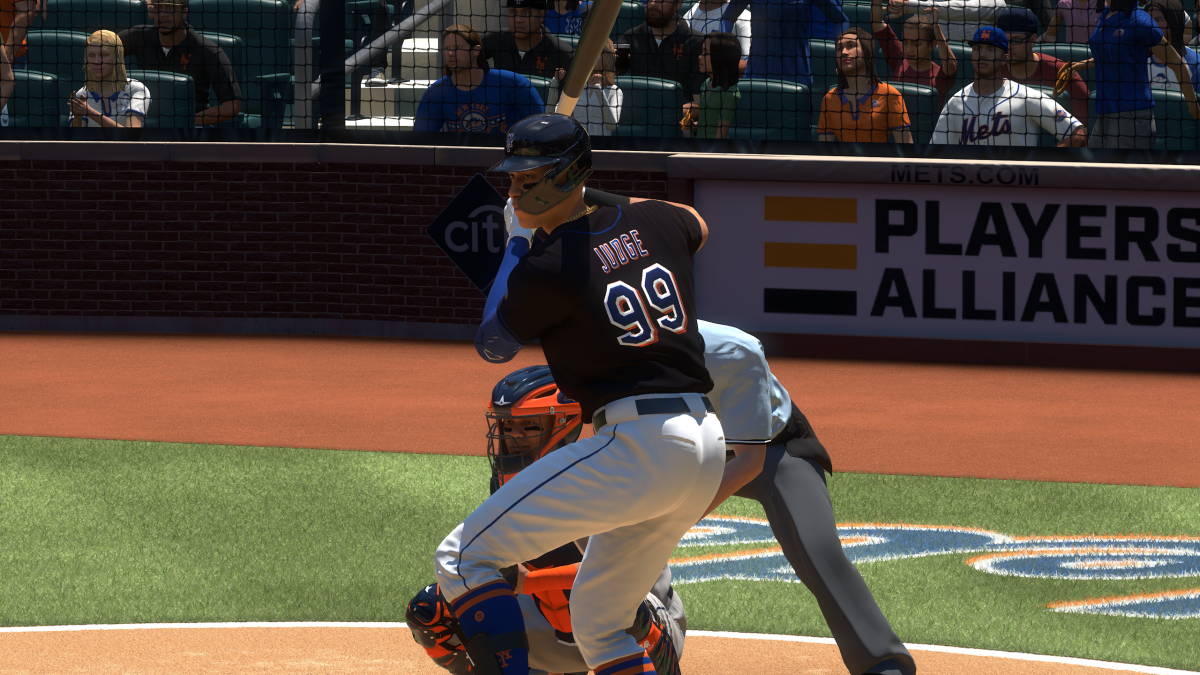
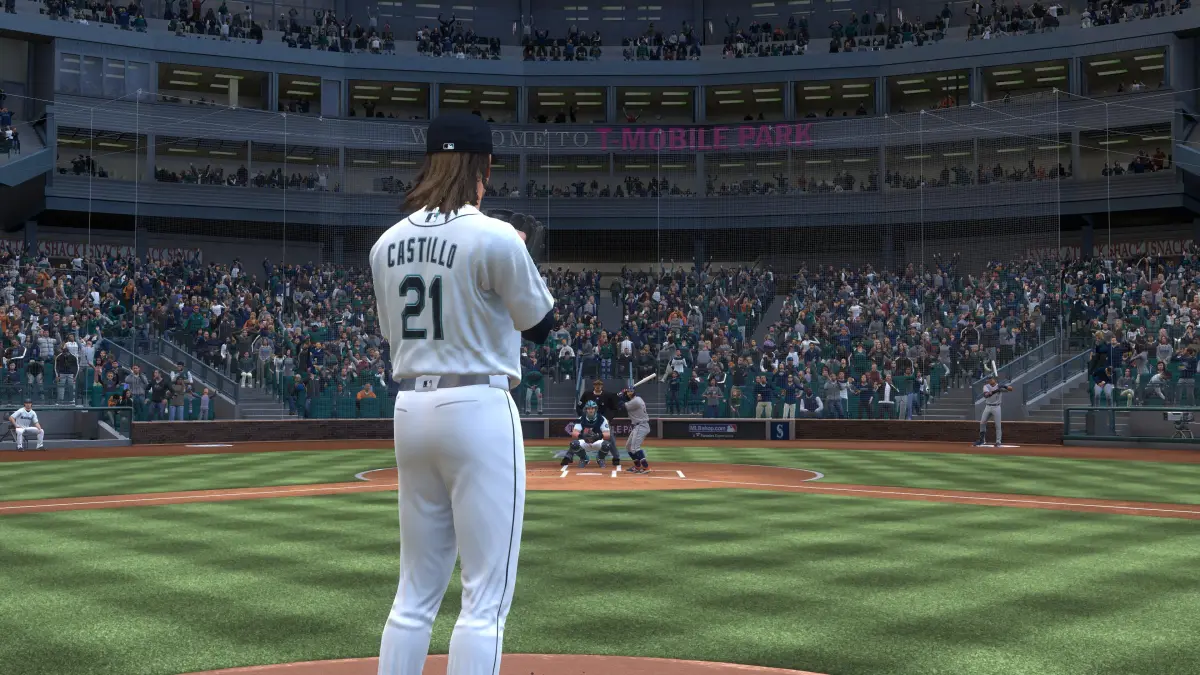
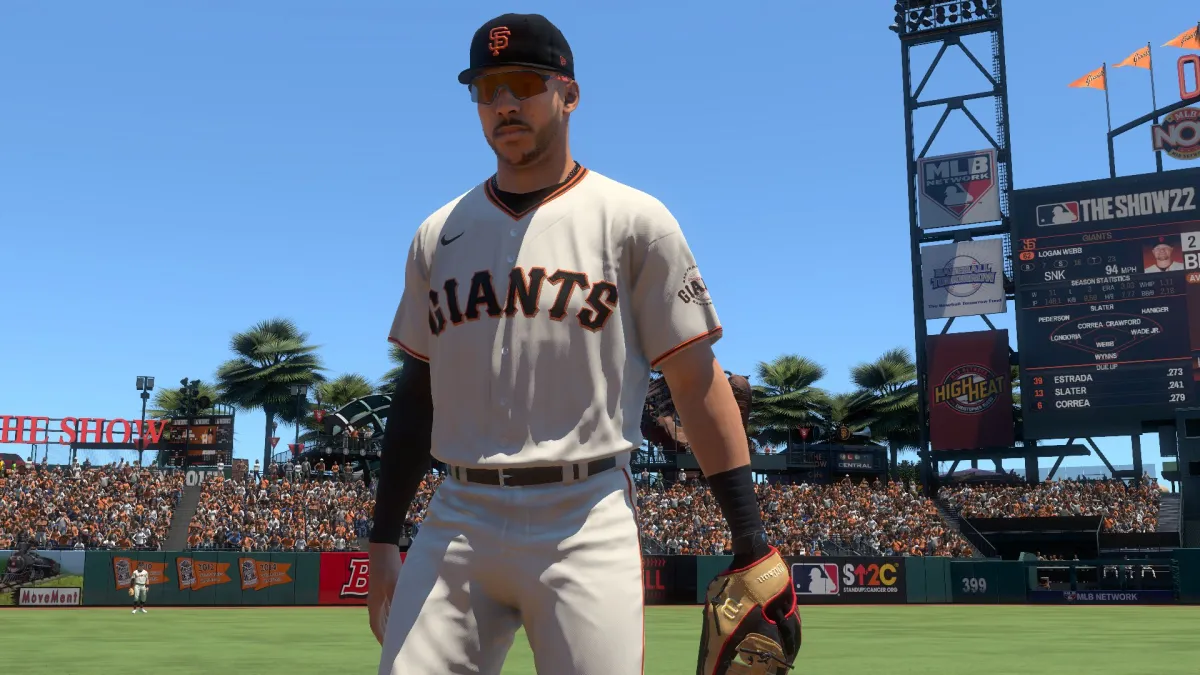
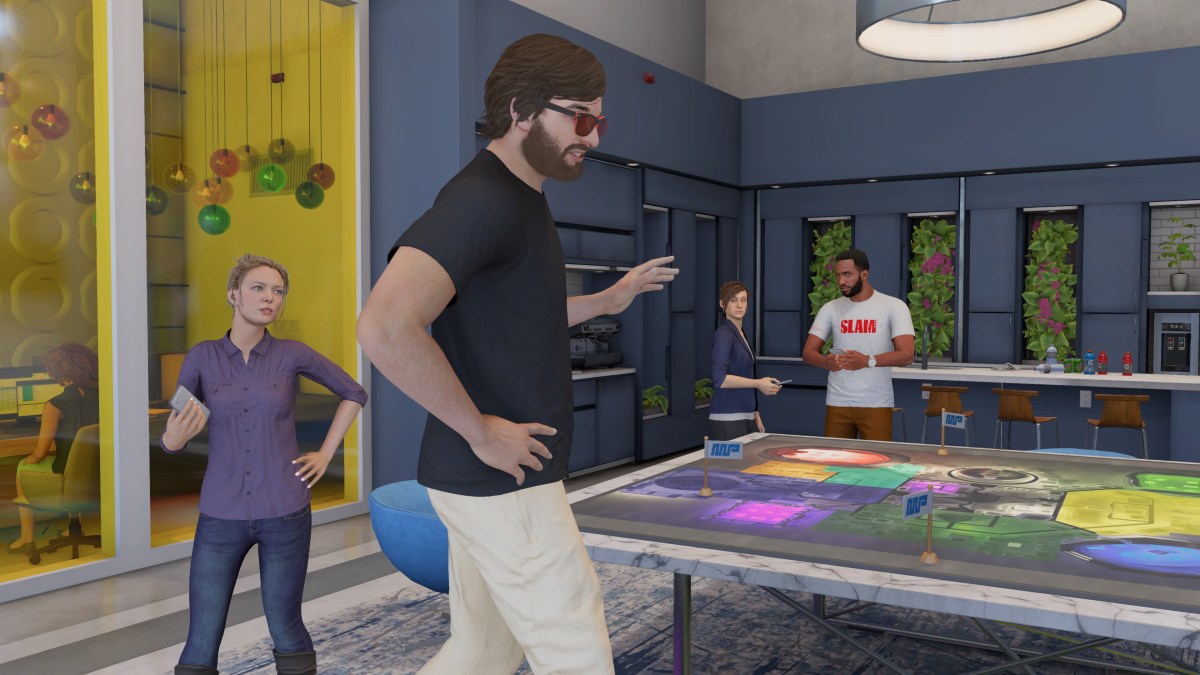
Published: Mar 3, 2022 09:38 pm